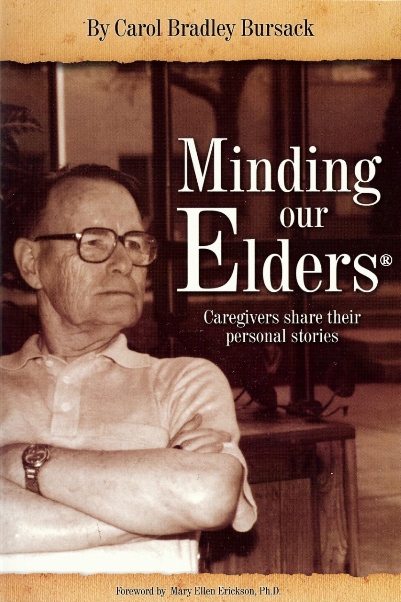The Stages of Alzheimer’s Disease
The only certainty when diagnosed with Alzheimer’s disease is that a senior’s condition will progressively worsen. The national Alzheimer’s Association has developed a very useful staging system to use as a frame of reference when coping with AD.
Alzheimer’s disease constantly keeps doctors, family members and caregivers on their toes. It is instinctive for humans to want a roadmap or some sort of guide to help get us through a journey or a difficult situation. We strive to know what lies ahead to help ensure that we are adequately prepared. Following a serious medical diagnosis like Alzheimer’s disease (AD), it is only natural to explore the subject with some research. What can we expect and when can we expect it?
Keep in mind that the following staging system is not foolproof, but it can give caregivers a general idea of where their aging loved one falls along the Alzheimer’s disease spectrum. Seniors with Alzheimer’s are not guaranteed to follow these stages in a direct line. No matter how much we would like to know exactly what stage someone is in and what symptoms will develop next, we cannot. No two Alzheimer’s patients are exactly the same. To make matters even more complex, a patient’s symptoms often vary from day to day. Today, a loved one may seem like they are in stage five, and tomorrow their behaviors and symptoms may align more closely with stage four or stage six.
The 7 Stages of Alzheimer’s Disease
Stage 1: No Impairment
Research now reveals that AD begins years, if not decades, before the onset of noticeable symptoms. Genetic research and much more sophisticated medical science will no doubt make this an important and focused area of study as we march into the future, searching for a cure. But, for now, most of us will never know if we are in the earliest stages of the disease. Unfortunately, doctors can only diagnose probable AD once symptoms begin to manifest. In fact, a definitive diagnosis can only be made through the post-mortem examination of brain tissue.
Stage 2: Very Mild Cognitive Decline
This stage may indicate normal age-related decline or the very earliest signs of Alzheimer’s disease. At this time, the afflicted person and possibly their close family members and friends may have a sneaking suspicion that something is amiss. However, even a person with Alzheimer’s at this stage is usually capable of hiding their slight impairment or explaining it away.
A little more forgetfulness could be due to natural aging, but unusual changes in mood, behavior and/or judgement typically indicate that something more serious is at work. Proactive individuals may seek answers from their primary care physician (PCP), but they are not likely to get the satisfaction of a definite yes or no at such an early stage. Instead, patients come away with a diagnosis of depression—a condition that shares many symptoms with Alzheimer’s and often occurs along with various types of dementia. Or, a patient may receive a recommendation to minimize stress, make lifestyle changes and pursue mentally stimulating activities to keep the brain active and healthy.
Stage 3: Mild Cognitive Decline
This is a tricky point in the disease. The Alzheimer’s Association says that early-stage AD can be diagnosed in some, but not all, individuals with symptoms that are recognizable to close family and friends. These symptoms include difficulty with words and names, especially when it comes to remembering names of new acquaintances. Unusual performance issues at work or in social settings, reduced retention of recently read material, losing or misplacing belongings…
Continue reading on Agingcare for more about the stages of Alzheimer’s disease:
Minding Our Elders: Caregivers Share Their Personal Stories. “For anyone having to walk the last segments of life with a loved one, read this.” …Delores
Shop Silverts Adaptable clothing:
Discover the Difference. EGOSAN – the Top-Rated incontinence brand from Italy. Now Available on Amazon.







